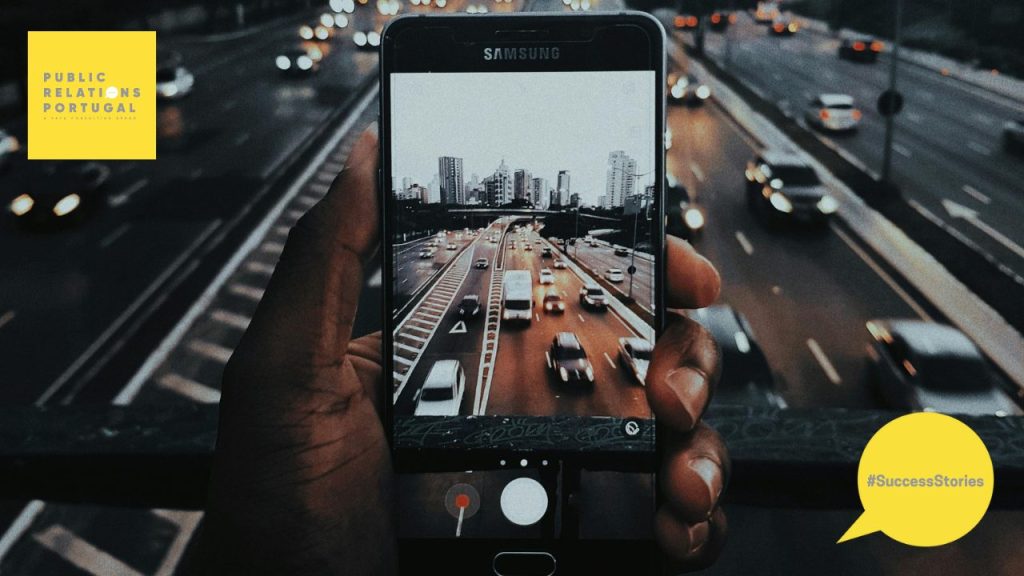Focus on brand positioning to have a clear vision, values, and communication strengthens a companys’ market power.
Communication activities, which have an impact on the customer relationship path, are a starting point in a strategy that showcases an emotional story.

Samsung is a Korean brand founded in 1938 as a trading store exporting fish and vegetables. Nowadays the brand is not even close to what it used to do at the beginning. Going through becoming a large-scale manufacturer and focusing on a domestic market, in 1983, with the development of 64K DRAM and VLSI chip it expanded globally. Now we know it as an industrial group producing electronics, finance, and construction to other services.
During the financial crisis in 1997, Samsung encountered many inconveniences with 20 billion dollars in debt. The brand started reconstructing processes and re-focused on four technical components: displays, storage media, random access memory (RAM), and processors. Samsung also restructured into four strategic business areas: Home Network, Mobile Network, Office Network, and Core components. Samsung became the first to develop products, technology, telecommunication devices, and home appliances field and that made it the most competitive “total solution provider”.
Brand´s positioning
To strengthen its market power, Samsung decided to focus on brand positioning to have a clear vision, values, and communication. First, it established a mission that reflected the core values and considered customer needs. Second, it developed a value proposition that gave further details on brand mission and on emotional communication that was adapted to Samsung´s image campaign.
As Samsung was considered cheap in comparison to Toshiba or Sony, it had an image of being low quality. To change it, Samsung decided to create the most fun and stylish models which made it a price premium, but what also made it being on a competitive advantage is the fact that Samsung could produce almost any kind of digital technology products- that made Samsung a market leader. During the time of switching its strategy towards a premium brand, it started with communication activities, which have an impact on the customer relationship path (awareness–> purchase –> loyalty).
To strengthen Samsung´s competitiveness with the introduction of a new corporate identity program, it redefined the corporate logo and since then it was written in English to expand its global presence.
This new marketing strategy led to the creation of a 400 million dollar ad campaign “digitalAll-everyone´s invited” (1999). It showcased the emotional story, relating Samsung´s products to everyday situations. Since the focus on a single brand strategy, Samsung´s global marketing spending summed up to 2 billion euros (2004). For this campaign, Samsung created its own universe- Samsung Experience, which was an interactive emporium of virtual reality experiences and technology. It aimed to become an educational resource- to communicate the benefits of digital technology. The company created a direct consumer presence without relying on resellers- building brand awareness and a greater appreciation of the digital world.
Communication to stakeholders
Since 1998 Samsung has been an official sponsor of the Olimpic Games. During the games, Samsung provides athletes, organizational staff, and journalists with mobile phones. With Olimpic Games, Samsung gained quick, cost-effective global exposure. The brand awareness increased and had a huge impact on the quick rise of the brand.
Investment
Despite the crisis in the 1990s, Samsung aggressively increased its investments. That helped to gain a market share and reach a rapidly growing demand for 4-megabyte chips, thereby making Samsung the number one memory chipmaker in 1993. With this niche market, Samsung avoided the risk of failing in the market.
In 2005 the company was ranked number 20 out of 100 most valuable brands worldwide. In 2023 it moved up to 6th place. Within just 5 years, from 2000 the brand value has increased from 5,2 billion dollars to 12,5 billion dollars.
Keytakeaways
Samsung with its perfect establishment of both B2B and B2C communication. Its strategic thinking was able to find a way out of the crisis and did it perfectly. Samsung´s effort not only helped with returning to financial stability but also expanded its interbrand equity. The company successfully followed the one-brand strategy by establishing one global value proposition, one logo, and one consistent brand message. Samsung followed a clear path towards an emotional approach, which increased its brand image, moreover with its communication skills, constantly communicated its promise to offer innovative products perfectly tailored to customer needs.
